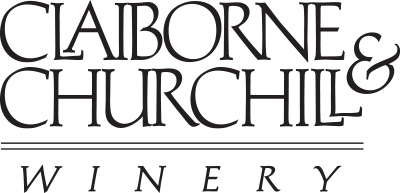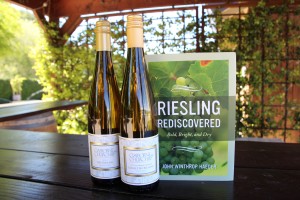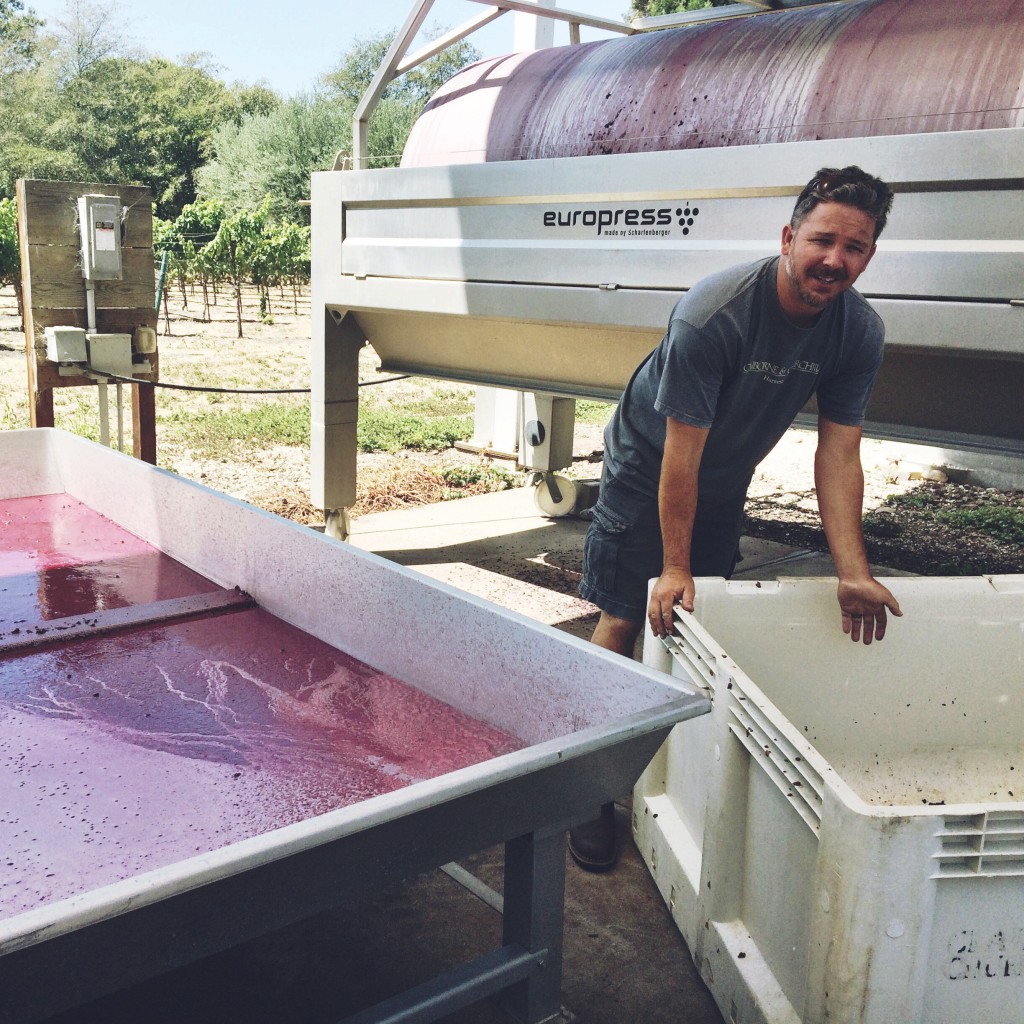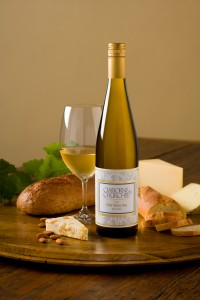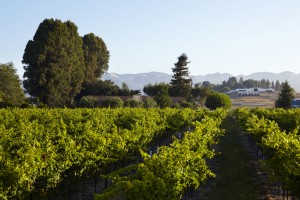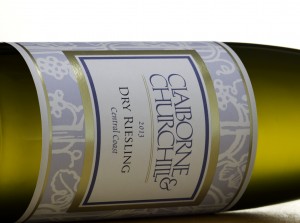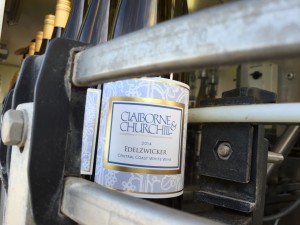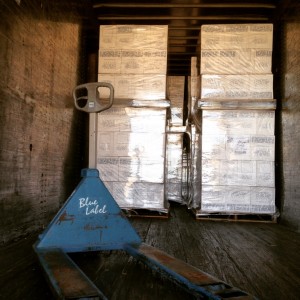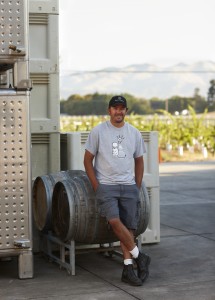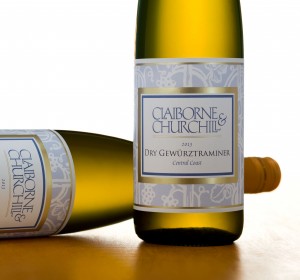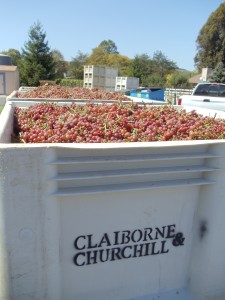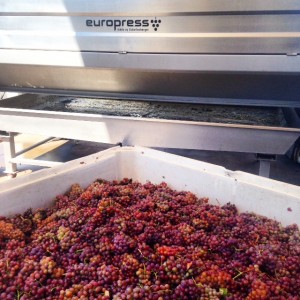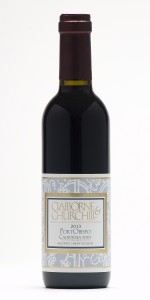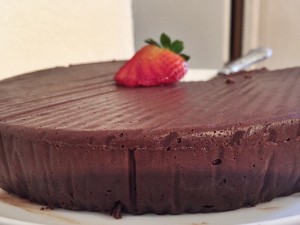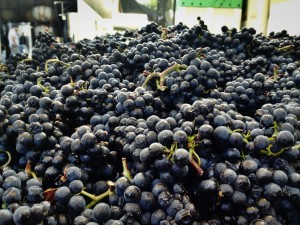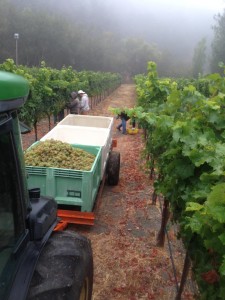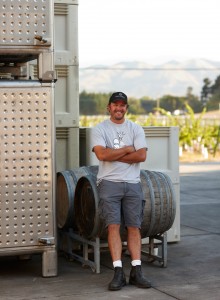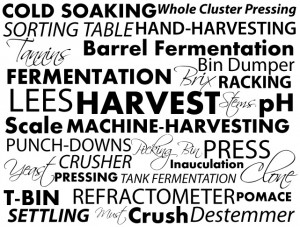Riesling Rediscovered Book
Riesling Rediscovered Overview
A new book has been released telling the story of something dear to our hearts: Riesling. In November of 2015, John Winthrop Haeger released his account of this white wine grape variety titled Riesling Rediscovered.
At Claiborne & Churchill, we make our Rieslings dry compared to the common sweet Rieslings of North America. As the book’s description says, “Now usually made dry in most of Europe and Australia, and assumed dry by most German consumers, Riesling is made mostly sweet or lightly sweet in North America and is believed sweet in the American marketplace irrespective of origin. Riesling is thus consequently—but mistakenly—shunned by the mainstream of American wine drinkers, whose tastes and habits have been overwhelmingly dry for two generations.” We see that most of our guests that say they dislike Riesling are pleasantly surprised by the dryness of our varieties.
This book takes an in depth look into how variety, place, and style impact the final taste of the Riesling. The variety looks into how the cultivar of Riesling, a variety created by selective breeding, will change the taste. Place investigates how the location, topography, climate and other factors alter the wine. Style looks at how growing practices, processing, and storing methods modify how the winery’s Riesling will taste. Haegar also talks about the history of Riesling, how it is made, and a map of winery locations. Another section of the book features a number of vineyards and wineries known for Riesling, including Claiborne & Churchill.
Claiborne & Churchill Highlight
We are very honored to be highlighted in this renowned book. Our section starts with a look into the Claiborne Vineyard. He discusses where the vineyard is located, climate, and other factors of our vineyard. In the next section, Haegar follows the story of Clay and Fredericka, the start of the winery, Coby’s time as our winemaker, and a look into the Riesling we produce.
Make sure to grab a copy of Riesling Rediscovered here! It gives a great insight into the variety we love so much!
We appreciate the width and depth of information that Haeger shares in Riesling Rediscovered. It is evident that he made sure to represent Riesling as a whole. As Oliver Humbrecht said, “John Winthrop Haeger has captured the essence of Riesling. The author goes against the modern trend that favors sweeter and softer styles, demonstrating that Riesling can be at its best as a dry wine. Riesling wine producers from around the world will applaud this research.”
